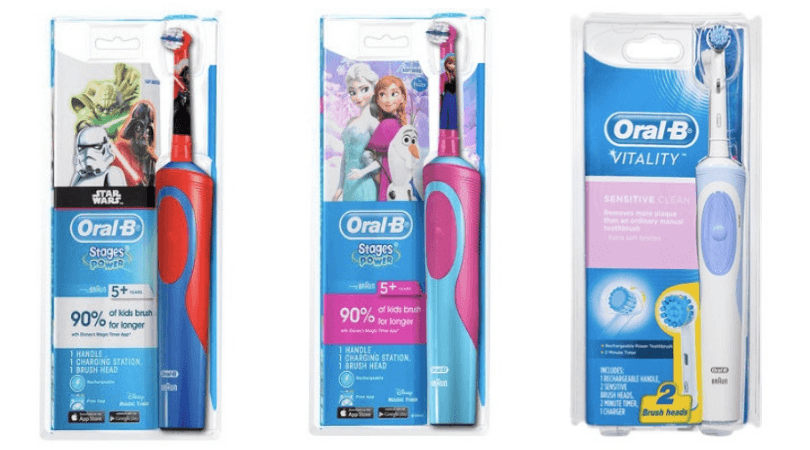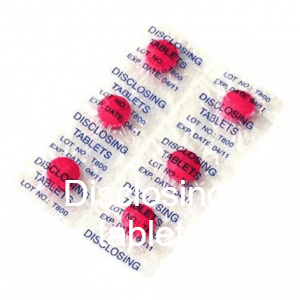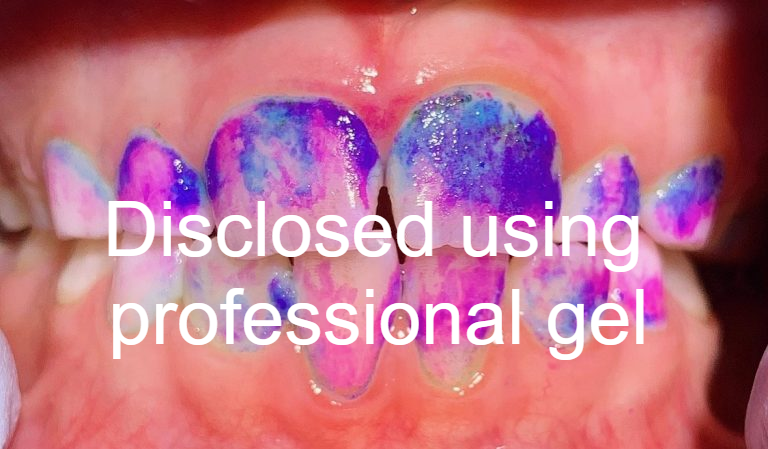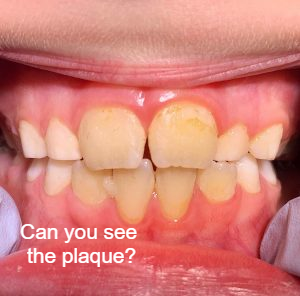Choosing the Right Toothpaste for Your Child
With popular characters all over the packaging and no useful information to speak of, the toothpaste shelf at the shops is a tricky thing to navigate.
Here are some helpful tips on choosing the correct strength fluoride toothpaste for your child.
If your child complains that their toothpaste is ‘too spicy’, kids dentists have also included the inside scoop on non-mint flavours.
The ‘SPIT, NO RINSE’ technique.
Firstly, we recommend the ‘SPIT, NO RINSE’ technique.
If your child can’t yet spit out, that’s fine. Toothpaste works by being in contact with enamel, so leave it alone to work its magic.
Which Toothpastes Do We Recommend?
Here are our recommendations based on the most current research and evidence:
0-18 months of age
The guidelines recommend no toothpaste, however, depending on your child’s dental health, your dentist may advise you to start fluoride toothpaste early. Some of these reasons would be identified at the 12-month dental visit.
Brush from when the first tooth appears, twice a day. You will ask yourself through your sleep-deprived haze why you’re bothering, but I can assure you it’s worth it.
Those few seconds it takes to wipe the milk from those cute little teeth in the early days means less chance of the nasty bacteria taking up residence and doing damage later on.
As your baby gets older and hits the 12-month mark, you may question your sanity as you refine all sorts of wrestling holds to get the job done. Establishing really great brushing habits by 14 months is critical as the first molars (that appear around this time) often present a few years down the track with decay, despite everyone’s best efforts.
Sadly for parents, the need for consistent brushing at this age coincides with the peak of poor co-operation (that may disappear by 3 if you’re lucky!). Stick with it!
18 months – 5 years (inclusive)
The guidelines recommend low fluoride toothpaste (500ppm).
Please ignore all the different ages ranges on the tubes of toothpaste below, they all contain the same amount of fluoride (500ppm).
They are adequate for children ages 18 months-5 years with a LOW decay risk.


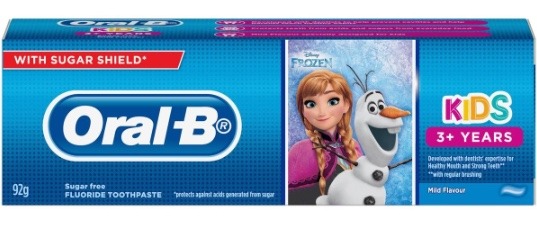
Here’s the inside knowledge.
We often modify the guidelines and often move to a stronger fluoride option (1000ppm) for kids who have:
- learnt to spit out
- decay
- additional needs
- enamel defects
- a sibling with decay
- a diet that includes frequent carbohydrates.
We regularly reassess the correct toothpaste for your child at each check-up.
The biggest concern we have with the guidelines for the 18 month- 6 years age group is the mounting evidence that low fluoride toothpaste is ineffective in preventing decay.
Colgate Minions and Macleans Little Teeth both contain the same amount of fluoride (1000ppm) and are suitable for younger children needing a stronger fluoride option.

6 years and up
For children in this age group who can spit out reasonably well, we recommend a toothpaste that contains 1450ppm fluoride. Currently, there are three commonly available options – Macleans Big Teeth, Oral B Junior 6+ and Colgate Maximum Cavity Protection Junior.


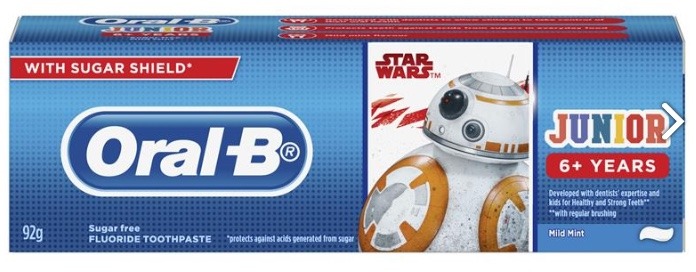
Kids with Allergies, Additional Needs and Flavour Aversions.
For children with allergies to flavours and colours, we recommend Soul Pattinson Plain. It contains 1000ppm fluoride and is suitable for 4 years and up in many circumstances.
This is not suitable for children with a sensitivity to sodium lauryl sulphate.

For children who dislike mint flavour, there are no products for sale from common retail outlets in Australia.
Our favourite toothpaste in this category is Tom’s of Maine Strawberry with Fluoride (1000ppm). This also comes in an Orange & Mango flavour. Both contain no artificial colours, flavour or preservatives (but still contain sodium lauryl sulphate). Tom’s toothpaste can be bought online or in the surgery.
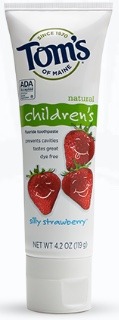
We sometimes find that our patients who have a Sensory Processing Disorder, Autism Spectrum Disorder or additional needs will reject a toothpaste that foams or has a gritty texture.
If this is the case, then we recommend Toothmousse Plus used as a toothpaste. It has a smooth texture, doesn’t foam, contains 1000ppm fluoride and comes in delicious vanilla, strawberry and mild mint flavours. It’s an expensive option, but we think it’s worth it when you’ve exhausted every other option and the flipside might be decay.
The best choice of toothpaste for your child should be part of the advice given to you at each check-up with your child’s dentist.


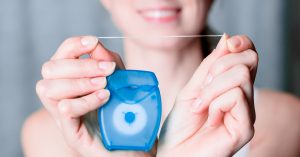
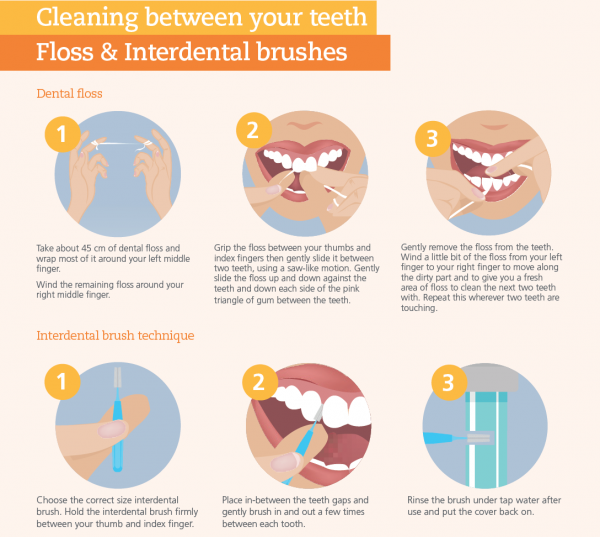
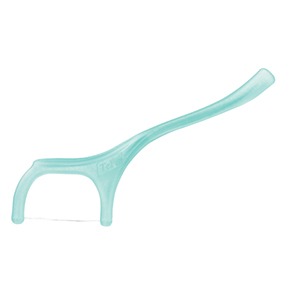
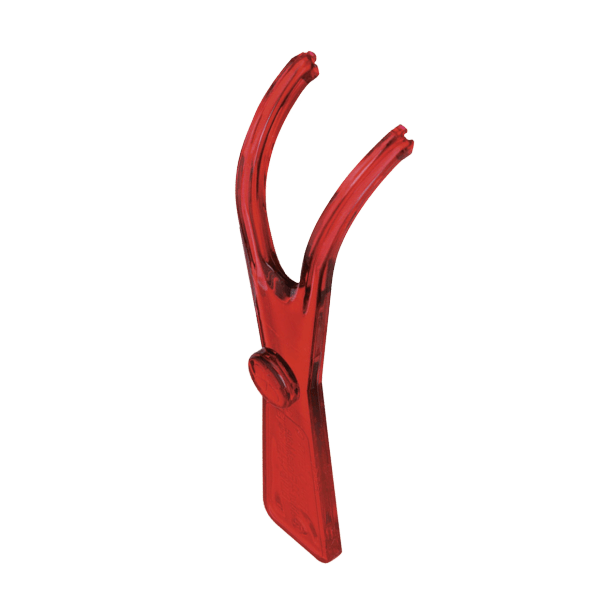

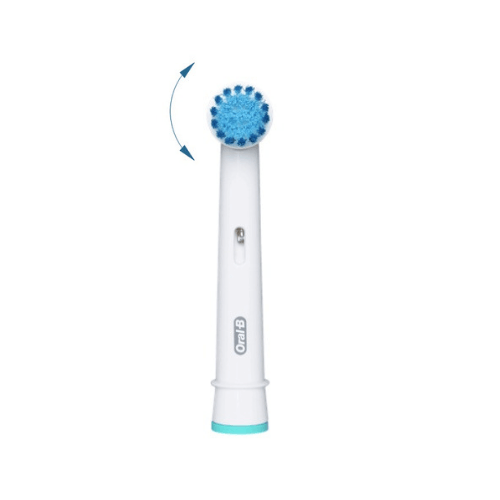 The best results were found with rotation oscillation heads (where the brush head rotates in one direction and then the other).
The best results were found with rotation oscillation heads (where the brush head rotates in one direction and then the other).